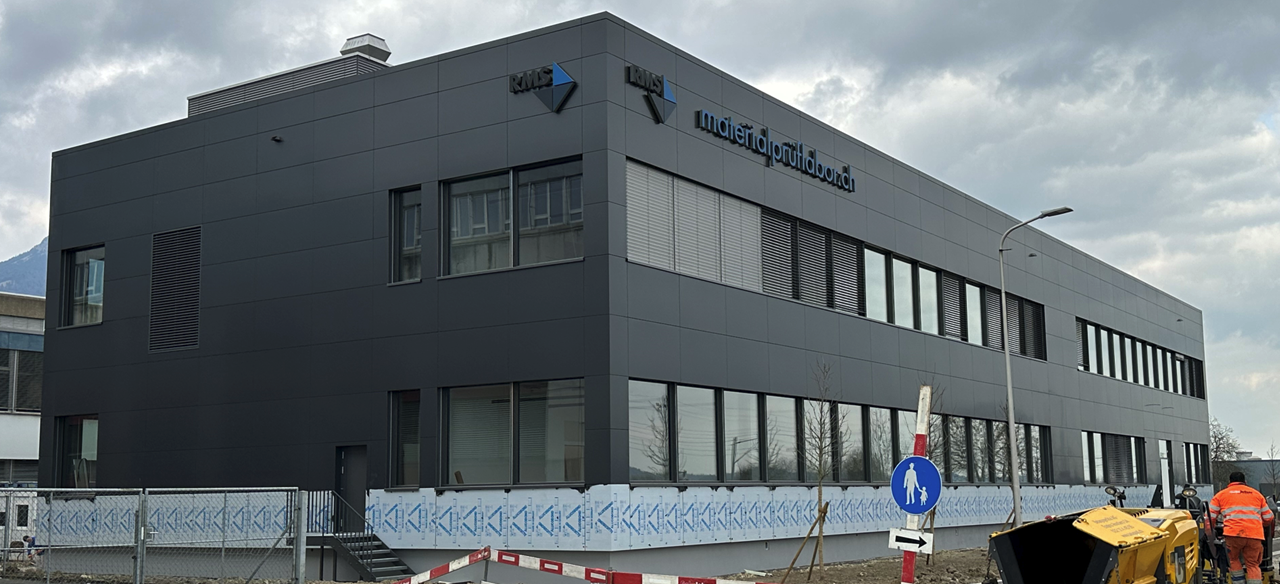RMS Foundation
Bischmattstrasse 12
2544 Bettlach
Switzerland
Phone +41 32 644 2000
Stainless austenitic and ferritic-austenitic steels can be attacked along their grain boundaries if they have been exposed to a temperature between 500-1000 °C (sensitization). This critical temperature range can occur during hot forming, e.g. forging, improper heat treatment and welding. ASTM A262 provides a series of different tests to determine whether the steel is susceptible to intergranular corrosion or not. It is important to note that these tests do not allow for a general statement about corrosion resistance (e.g. pitting, stress corrosion cracking) in corrosive media.
The Practice A procedure (rapid screening test) is a qualitative method in which the microstructure is classified on the basis of comparative images from the standard and categorized as acceptable or susceptible. If a sample shows susceptibility to intergranular corrosion in this rapid test, the material must be checked with a more advanced method, e.g. Practice E (copper / copper sulphate test).
Where possible, we carry out our testing services in accordance with or based on these international standards:
In general, all methods described in ASTM A262 can be used for austenitic steels. In section 4.5 the standard points out that not all methods are equally suitable for all samples. For example, the methods in which the weight loss is calculated over the entire surface are less useful for nitrided, welded or forged samples. For these so-called "process-affected" samples, the standard recommends the Practice E method.
Only steels with a carbon content ≤ 0.03 % and stabilized steels must be sensitized in advance at 675 °C for 1 hour. Diffusion processes during sensitization provoke the precipitation of Cr carbides. These form along the grain boundaries. During the subsequent chemical attack, these grain boundary areas become active, while the grain surfaces remain passive. The chemical attack therefore takes place along the grain boundaries, i.e. intercgranular.
Moritz Liesegang
Dr. rer. nat.
Team Leader Material Structure
+41 32 644 2003
Since 1995, the services of our materials testing laboratory have been accredited according to ISO/IEC 17025. Our QM system is ISO 9001 certified.
Here you will find our latest blog posts.

RMS Foundation
Bischmattstrasse 12
2544 Bettlach
Switzerland
Phone +41 32 644 2000
E-Mail
Subscribe to our Info-letter, and we will inform you about 10 times a year about current developments in the fields of material testing, research, and knowledge transfer.